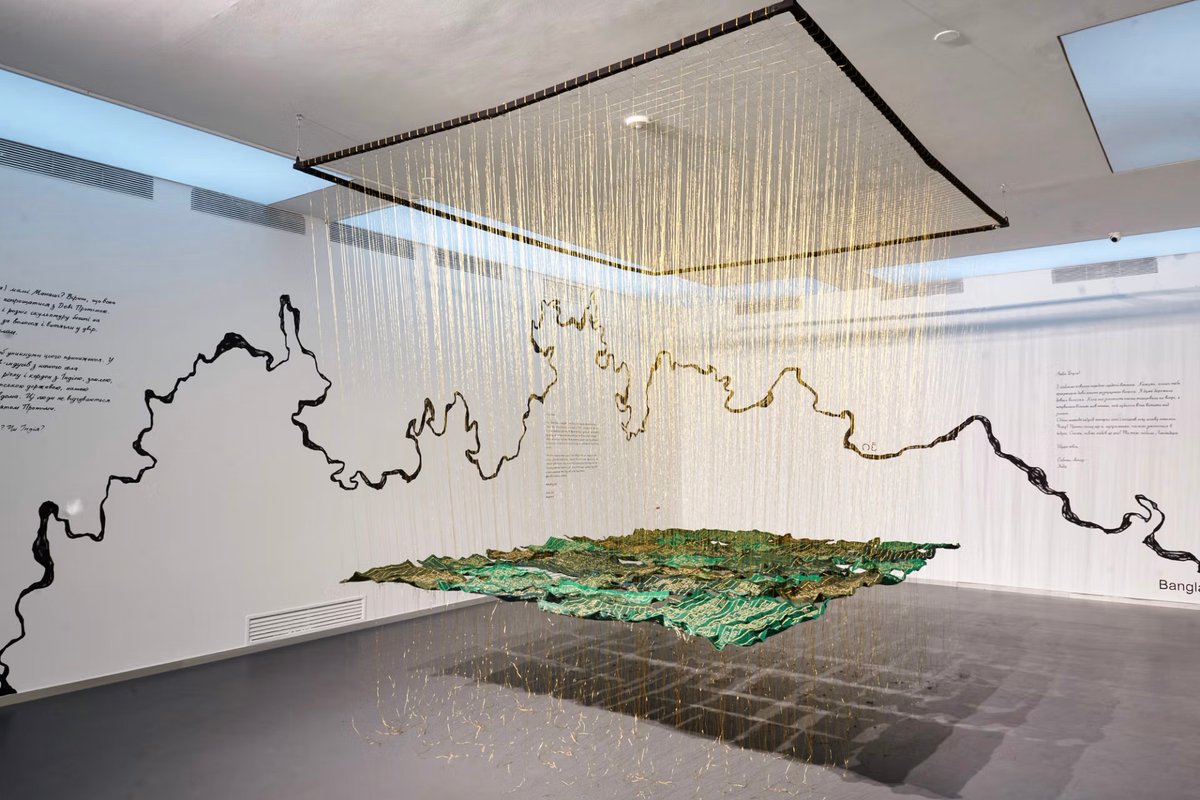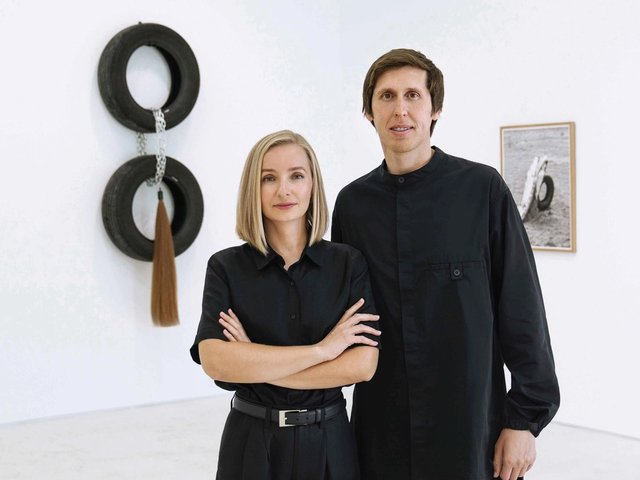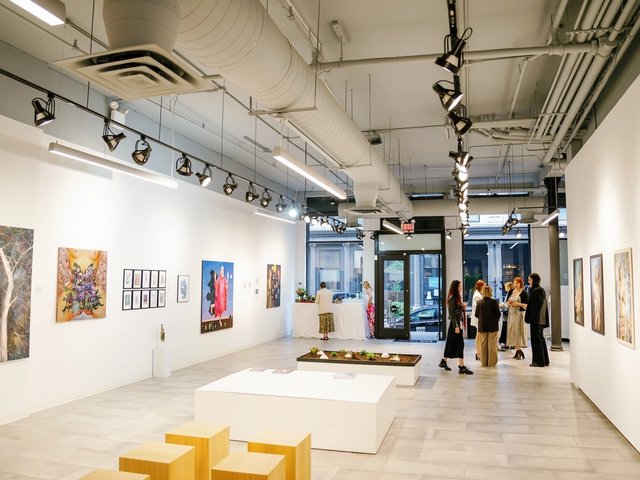What is the value of art when your country is at war? Why should a nation invest in contemporary culture—even amid crisis? These are the questions we have grappled with since the beginning of the full-scale invasion of Ukraine. They are not easy to answer, especially when the immediate needs of the army, the hospitals, and the countless people needing help are so urgent and overwhelming.
But amid that urgency, a deeper question arises: what does it mean to preserve a democracy under attack by an external enemy? A democracy is never a monolith; it is a living, breathing mosaic of opinions, values, and competing interests that coexist through compromise and debate. Yet at the moment of invasion, unity became essential. In the first year, that unity was emotional — an overwhelming, near-unanimous stand in defence of the homeland. Today, it has become pragmatic. But this unity does not erase our differences; it merely places them on hold.
This is precisely where art and culture become essential; offering space for difficult, unresolved questions—space that politics, especially in wartime, often cannot provide. At present, we have 20 young Ukrainian artists presenting their work in Kyiv for the PinchukArtCentre Prize. Their pieces rarely confront the war directly. Instead, they explore its ripple effects—on the body, on daily life, on the psyche. These works engage with themes of identity in wartime, the weight of trauma, and the struggle to preserve personal freedom.
The risk of turning inward
A nation at war also risks turning inward, isolating itself from the wider world. Here art serves as a counter to this tendency. Like much of Ukraine’s civil society, it is infused with “open nationalism”. This means artists defend both the country and the idea of being Ukrainian, while remaining critical of power and committed to democratic values. They engage with the world and invite dialogue.
Take, for example, our upcoming exhibition of the Ukrainian collective Open Group at the PinchukArtCentre in August. Through a provocative, participatory performance, they question the randomness of how history is written. How will we remember this moment? Who gets to tell the story, and which narratives will be preserved? Visitors won’t just witness these questions—they’ll feel them. The work offers a visceral experience of what it means to be excluded from, or to contribute to, the collective memory of a nation.
During this time of general mobilisation, with many artists serving on the frontline, critical thought remains essential in their continued practice. While physically defending their country, their work provides oxygen for urgent issues that demand attention and dialogue. In many ways, Ukrainian artists should inspire and energise the international cultural discourse. This is why it is vital for the world to actively engage with Ukraine and its culture—not only by inviting Ukrainian art abroad and engaging in meaningful conversations, but also by bringing international artists to Ukraine, encouraging them to create from their own perspectives.
When presenting the Future Generation Art Prize—a biennial global art prize for artists 35 and under—last year, 21 shortlisted artists from all over the world brought stories and realities to Kyiv that were not Ukrainian. And yet—so often—our visitors saw themselves in these stories. The South African artist Gabrielle Goliath likewise brings this international perspective to her forthcoming exhibition at the PinchukArtCentre, where she engages with survivors of physical, sexual, emotional, and economic harm in Ukraine. Such exchanges create space for a diversity of narratives to emerge, ensuring its story is not told from a single viewpoint.
In Ukraine artists are on the frontline, they defend their country’s territorial integrity and right of existence while taking part in the protection of the sound, critical mind of civil society. We must defend them in return. European institutions must sustainably invest in collecting, showing and studying Ukrainian art. And while some international support reduces, others should take up the challenge to sustainably support grassroots Ukrainian cultural initiatives around the country because Ukrainians need the world to stand with it. The world also has much to learn from, and to be inspired by, Ukraine.
• The PinchukArtCentre prize winner will be announced in June, and solo shows of Lesia Khomenko, Gabrielle Goliath and Open Group will open on 28 August
• Björn Geldhof is the artistic director of the PinchukArtCentre, Kyiv





